When you come to think about kulfi and wonder where did this delicacy that’s so ingrained in all of our childhood nostalgia, sweltering summers, ringing bells, and that first bite of something cold, creamy, and unforgettable come from?
It’s just utterly fascinating to trace its existence back to the era of the Mughals. My curiosity led me to its history, which can be traced back to the 16th century. Its existence was first mentioned in an account during Akbar’s reign. To think that we often credit the West for introducing ice cream and then realize that kulfi existed long before, all the more sophisticated and rich in flavor, is truly humbling. Kulfi is that frozen dessert that has seen centuries change.
Kulfi’s origins lie in the Mughal courts. It was predominantly consumed, reserved, and crafted for royalty, something so delectable, with diverse depth of flavor, and cold making its appearance at a time when storing ice itself was a feat. Kulfi was a marvel, prepared using saltpeter (potassium nitrate) or ice transported from the Himalayas and stored in underground chambers that mimicked refrigeration. A medieval refrigeration hack, a testament to street-smart intelligence that made the impossible possible.

To match the refined palates of royalty, kulfi was crafted with India’s treasured aromatic spices, namely cardamom, saffron, and cinnamon. Thickened milk, churned into malai (cream), was later infused with spices, poured into metal moulds, and frozen. This entire process was truly an experience to withstand and witness, the taste of which still flows through generations.
What makes its story so moving is how it belongs to everyone now. The royals were no longer the only ones who had access to the dessert. Kulfi broke free. Over time, it slipped through the cracks of empire, showing up in bazaars, on carts, in alleyways. It became democratic an edible emotion passed hand to hand, summer to summer. No longer reserved for emperors, kulfi became an experience everyone longed to have.
There’s an emotional connection I believe we all have with the kulfiwallahs. Every summer at Nani’s home, when the kulfiwallah came with his cart, the ringing bell was an invitation to let the tastebuds flutter with sheer joy. It felt all the more necessary in the scorching heat. The association with the kulfiwallah also got ingrained in my memory, the always-smiling face, ready to hand out the kulfi sticks. That interaction was short-lived, but long rejoiced.

This only makes me refer you to read “Idgah”, Premchand’s classic short story. The kulfiwallah makes a quiet yet powerful appearance. The kulfiwallah here isn’t just a vendor, he’s a symbol of fleeting joy, of childhood longing, and of the kind of sacrifice that defines deep love.
Coming back to kulfi, we at Saraam wanted to reincarnate that overwhelming feeling of joy and excitement and bring you an experience that we hope stays with you and your family. A sweet memory, wrapped to celebrate or even catch up with the nostalgia of childhood, through chocolate.
That emotional thread between joy and memory, between flavor and feeling, is exactly what inspired us. We wanted to take that essence, that fleeting sweetness, and wrap it into something you could hold, taste, and remember.
For our Taste of India series, we wanted to highlight our beloved Kashmir. And what better way to do that than through its saffron, aromatic and flavorful, delivering a depth of taste that makes a home in your heart. We paired Kashmiri saffron with Western Ghat cardamom, rose petals, and pistachios, and introduced that into our luscious and oh-so-creamy white chocolate, sourced entirely from cocoa butter.

For our Kulfi Chocolate Bar, Hiteshree from Firgunn Studio traced this design back to where its flavors begin, Kashmir’s saffron fields and the cardamom forests of the Western Ghats. Two regions, two altitudes, two spices that meet in one timeless way.

She painted the Himalayan peaks in the soft green of elaichi, nodding to the spice that gives kulfi its warmth. The saffron flower? Bright, bold, and just like the threads themselves, tiny but packed with flavor and history. And the stamp? A mark of where it all comes from; a reminder that every bite carries a piece of the land.

Great stories don’t just happen, they’re grown, nurtured, and carried through generations. And in this design, just like in kulfi, you’ll find a little bit of love, a little bit of history, and a whole lot of nostalgia.
That’s how we created it. It entirely has our heart and spirit, and we only wish to give you a part of our creation, reimagined.
Go ahead, try our Kulfi Bar, and let us know your story of kulfi, and remember its always best served when chilled!!!
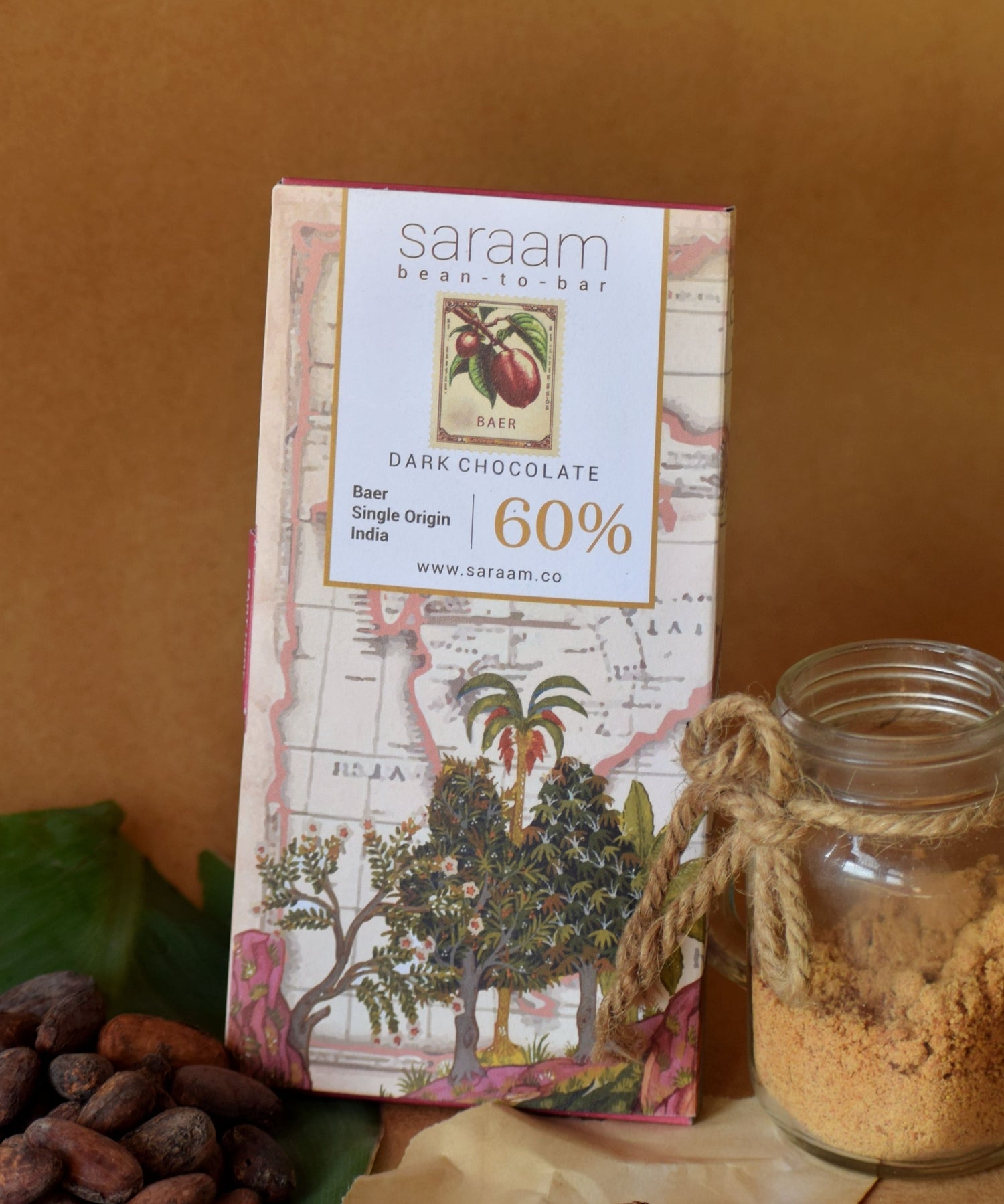

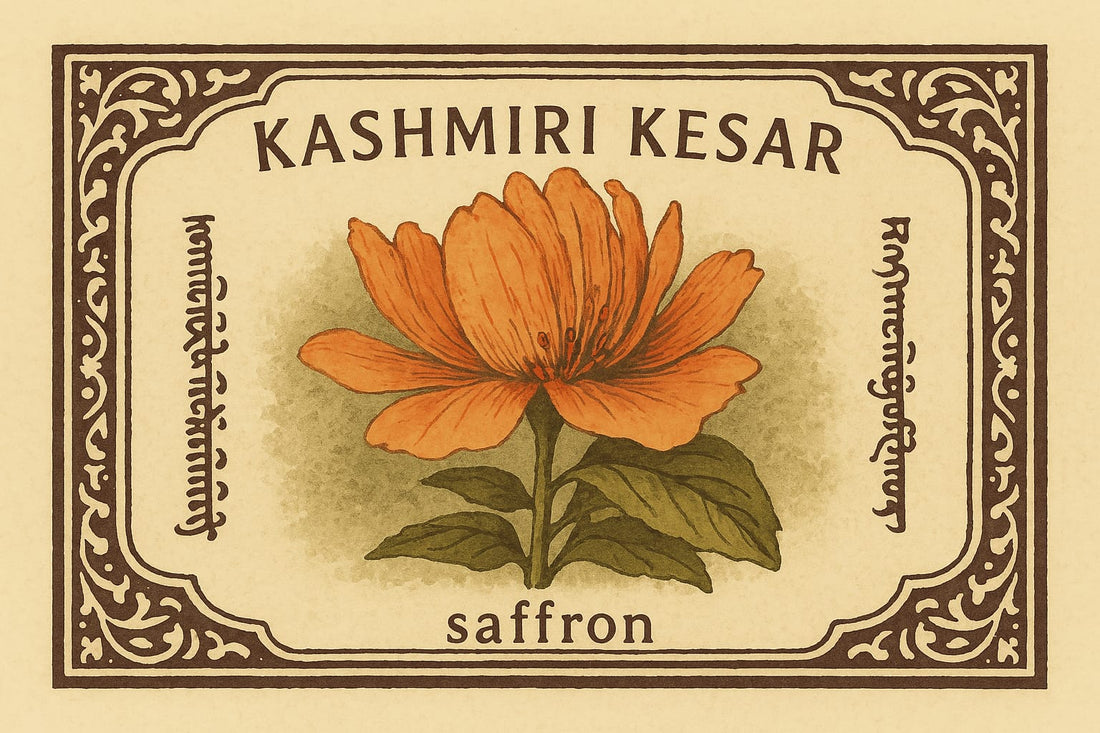
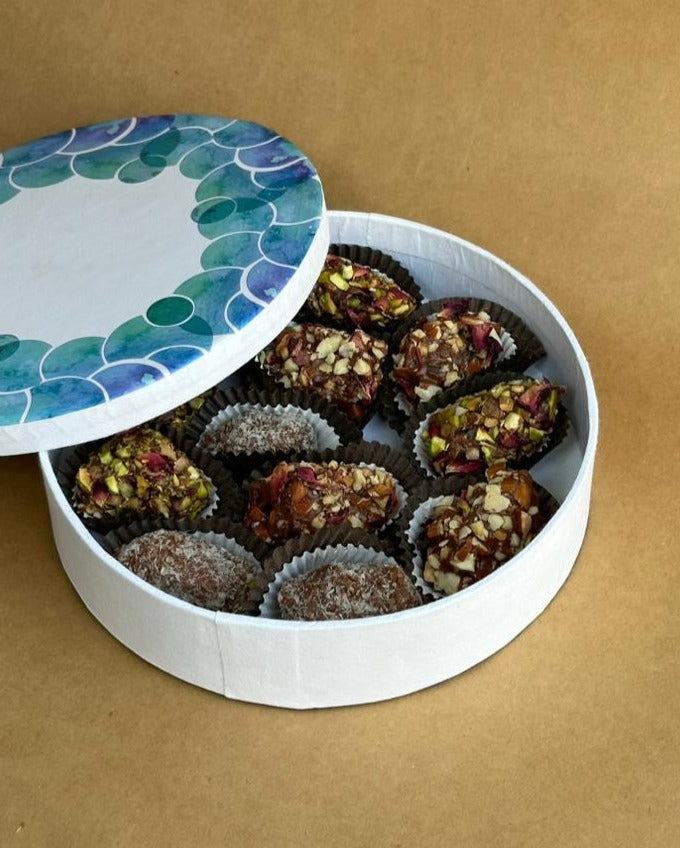
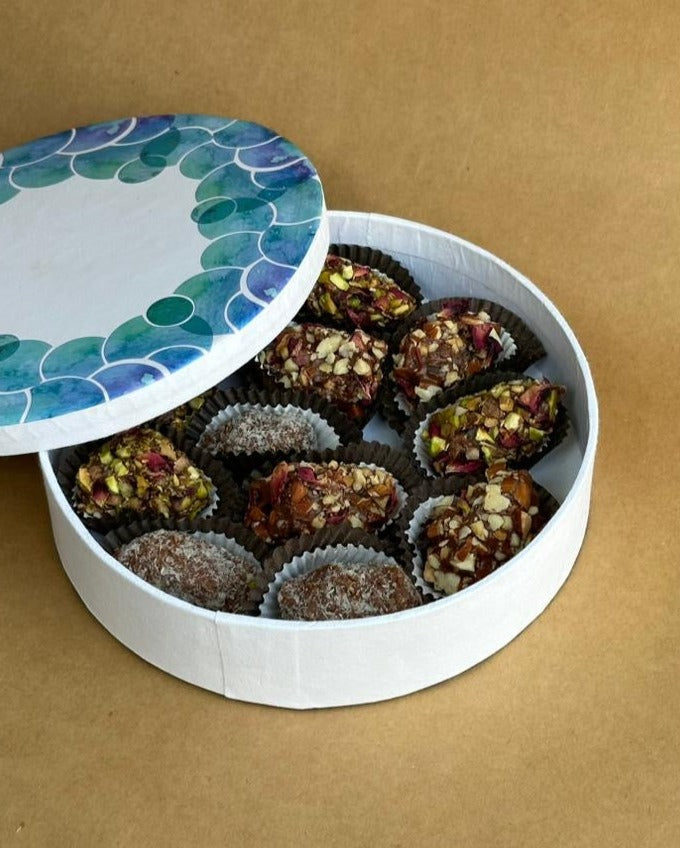
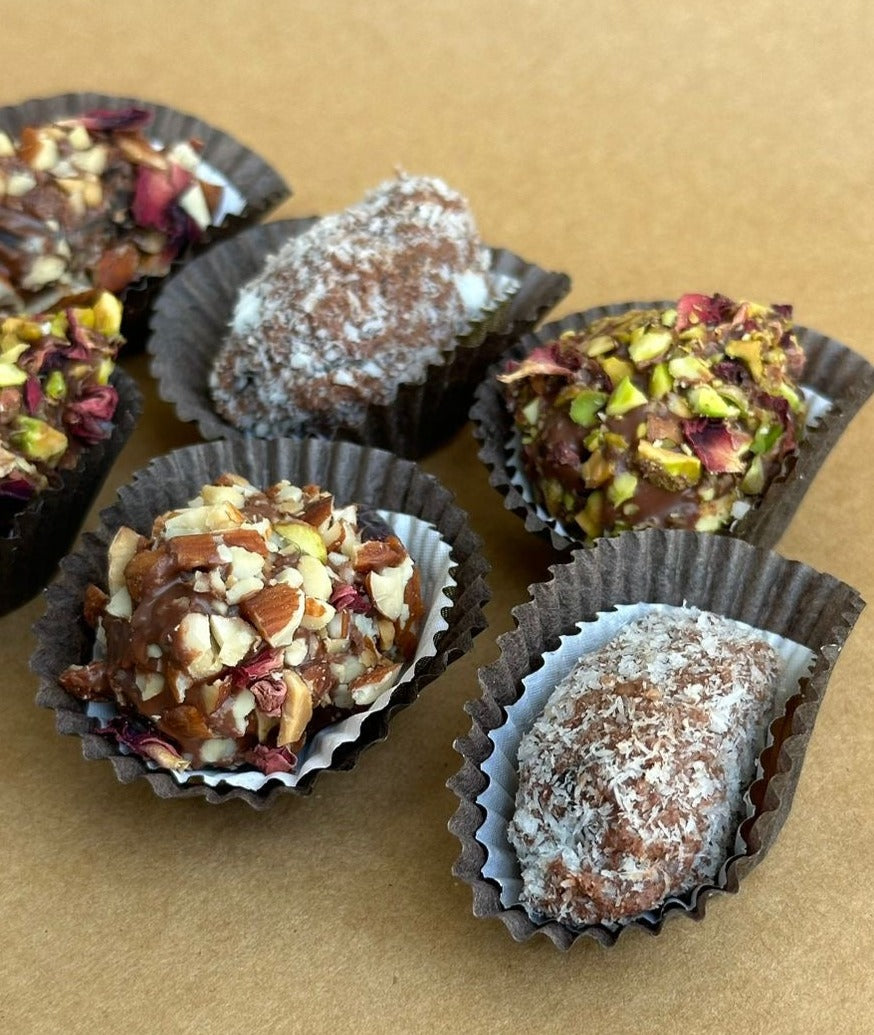
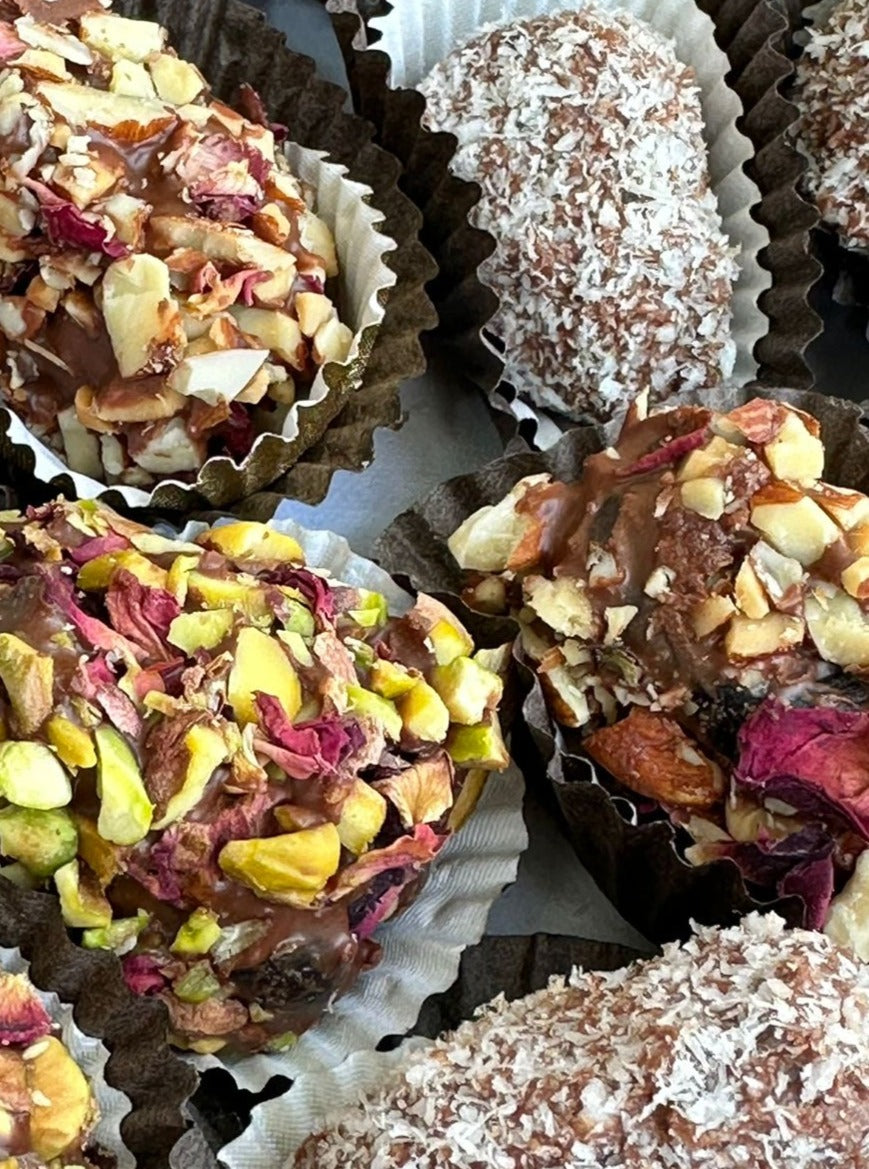
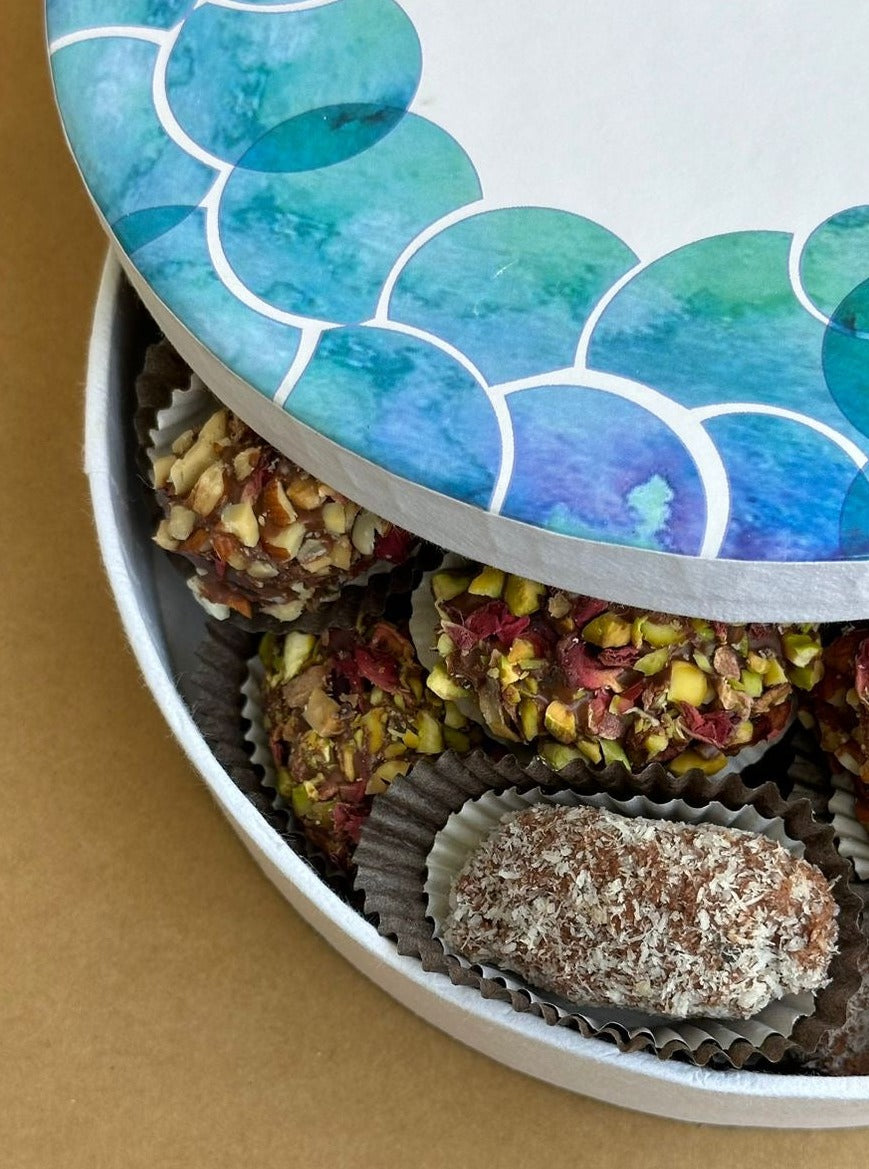
1 comment
Loved this! Such a cool way to bring the kulfi vibe into a bar for summers